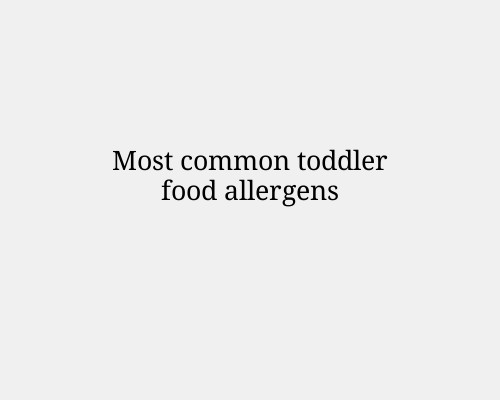
Most common toddler food allergens


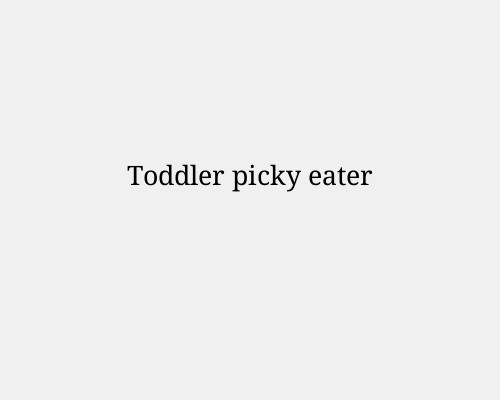
Here’s a 7-day picky-eater-friendly toddler meal plan — balanced, familiar, but with gentle variety so you can keep nudging their palate forward.
Always include 1–2 safe foods at each meal so they’re never faced with a plate of only “new” foods.
Serve new foods in very small portions (even a single bite) alongside familiar ones.
Let them self-serve or touch/smell new foods without pressure to eat them.
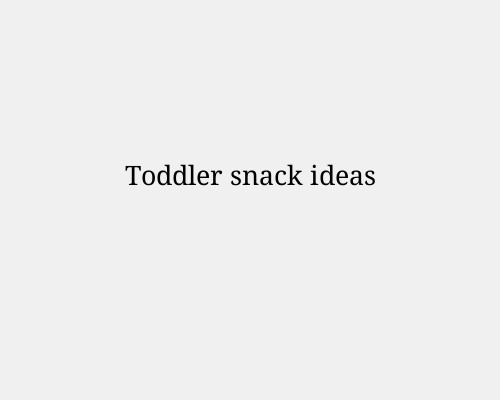
Here’s a mix of healthy toddler snack ideas that are easy to prepare, nutrient-rich, and toddler- friendly:
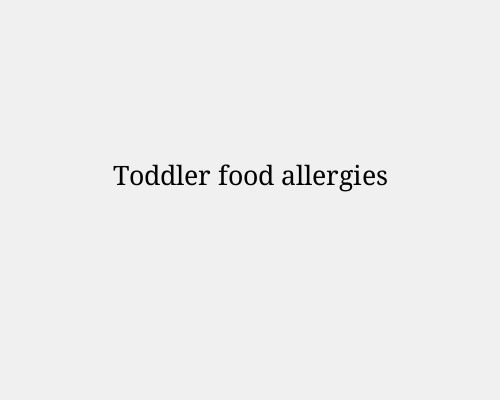
Coping with toddler food allergies can feel overwhelming at first, but with the right steps, it becomes part of everyday life. Here’s a practical, parent-focused guide:
Work with a paediatrician or paediatric allergist to confirm the allergy through proper testing.
Ask for a written allergy action plan so you and caregivers know exactly what to do in case of exposure.
In South Africa (and most countries), allergens such as milk, eggs, peanuts, tree nuts, wheat, soy, fish, and shellfish must be clearly listed.
Always check every time you buy, even for familiar products—recipes change without warning.
Store allergen-free foods separately from allergen-containing ones.
Use dedicated cutting boards, utensils, and plates to avoid cross-contamination.
Introduce “safe snack” zones so your toddler can eat without worry.
Use simple phrases like “this food makes me sick” or “I can only eat safe foods.”
Role-play saying “no, thank you” when offered unknown food.
Bring pre-packed safe snacks or meals.
Talk to hosts, day care staff, or teachers in advance about your child’s allergies.
Carry a small “allergy kit” with safe snacks, wet wipes, and emergency medication (like an epinephrine auto-injector if prescribed).
Share your child’s allergy needs with family, friends, and caregivers.
Connect with other allergy parents—many tips come from lived experience.
Create a variety of meals and snacks from safe ingredients to avoid mealtime stress.
Involve your toddler in food prep so they feel empowered, not restricted.
Accidents can happen—being prepared reduces panic.
Keep emergency numbers handy and stay up to date on first aid for allergic reactions.

Here’s a clear overview of developmental milestones for toddlers (ages 1–3 years), broken down into gross motor, fine motor, language, cognitive, and social-emotional areas.
Walks independently or with minimal support
Can squat to pick up a toy and stand back up
Climbs onto low furniture
Uses pincer grasp (thumb + forefinger)
Scribbles with crayon
Points with one finger
Says 5–10 words besides “mama” and “dada”
Understands simple instructions (“Come here”)
Responds to own name
Understands object permanence (knows things exist even when out of sight)
Tries to use objects correctly (phone to ear, brush to hair)
Shows affection to familiar people
Has separation anxiety but also starts exploring more independently
Runs, though may be unsteady
Climbs on and off furniture
Begins kicking and throwing a ball
Builds a tower of 4–6 blocks
Turns pages of a book (may be several at a time)
Begins using a spoon with less spilling
Vocabulary jumps to 50+ words
Starts combining 2 words (“More milk”)
Can follow 2-step instructions (“Pick up the toy and give it to me”)
Begins pretend play (feeding a doll, pretending to drive)
Recognizes self in the mirror
Sorts shapes or colors
Shows strong attachment to caregivers
Begins parallel play (plays alongside, not yet with, other children)
May show defiance (“No!” phase)
Jumps with both feet off the ground
Pedals a tricycle (around 3 years)
Walks up stairs alternating feet
Draws simple shapes (circle by ~3 years)
Uses utensils more effectively
Can string beads or large pasta
Vocabulary expands to 200–1,000 words by age 3
Uses 3–4 word sentences
Asks questions (“What’s that?”)
Can name most common objects
Completes simple puzzles
Matches objects to pictures
Understands concepts like “big/little,” “same/different”
Begins cooperative play
Shows empathy (comforts crying friend)
Starts understanding turn-taking
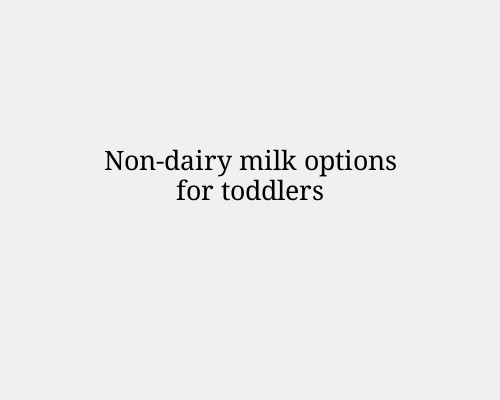
Here’s a breakdown of non-dairy milk options for toddlers — including nutrition, safety, and what to watch for — since not all plant milks are created equal for little ones.
(Always choose unsweetened, fortified versions unless advised otherwise by a doctor)
Closest nutrition to cow’s milk (protein + fat + calcium), widely available, often fortified with vitamin D & B12.
Some kids dislike taste; possible allergen.
Creamy texture, often well-accepted; fortified with calcium & vitamin D; gluten-free if certified.
Lower protein than soy (unless fortified with protein); can be higher in carbs.
Good protein (similar to cow’s milk), creamy; usually fortified with calcium & vitamin D.
Less common, may be pricier.
Low calories, fortified with calcium & vitamin D; mild taste.
Very low protein; possible allergen.
Creamy, good for cooking; fortified options available.
Very low protein; higher in saturated fat; not the same as canned coconut milk (too high fat for daily drinking).
Some protein, contains omega-3 fats; often fortified.
Taste can be earthy; less available.
Very low protein; higher in sugars; possible arsenic concerns for young children (limit use).
Calcium ~120 mg per 100 ml
Vitamin D (~1–1.5 mcg per 100 ml)
Protein ≥ 3 g per 100 ml is ideal
Watch added sugars: Choose unsweetened to avoid extra sugar in your toddler’s diet.
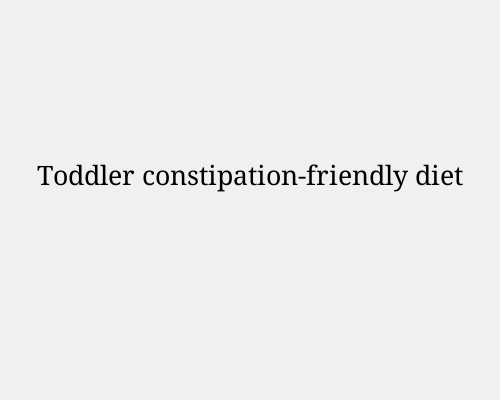
Here’s a toddler constipation-friendly diet approach, focused on increasing Fibre safely and supporting healthy digestion:
Pears, apples, plums, peaches, apricots
Berries (raspberries, blackberries especially high in fibre)
Kiwi (also naturally helps bowel movement)
Prunes & prune puree
Sweet potato (with skin), butternut, carrots
Peas, broccoli, cauliflower
Green beans, spinach, zucchini
Lentils, chickpeas, black beans (mashed if needed)
Hummus on wholegrain crackers
Oatmeal/porridge (can add chia or flaxseed for extra Fibre)
Whole wheat pasta, brown rice
Wholegrain bread or wraps
Fibre works best with enough liquid:
Water: offer throughout the day, especially with meals.
Small amounts of diluted fruit juice (prune, pear, or apple juice) can help.
Avoid too much cow’s milk (can cause constipation in some toddlers) — keep to ~350–400 ml/day unless advised otherwise.
Encourage active play — movement stimulates digestion.
Keep a routine for meals and toilet time.
Introduce Fibre gradually to avoid gas/discomfort.
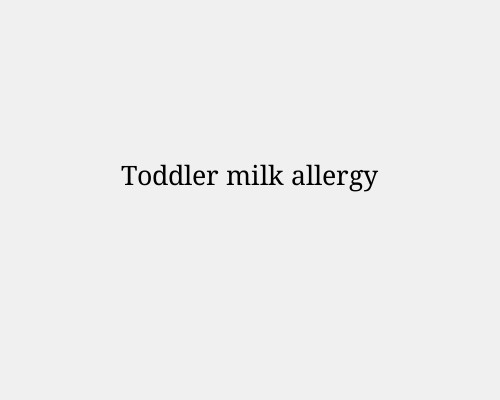
For a toddler with cow’s milk allergy (CMA), the key is to completely avoid all cow’s milk proteins (casein and whey) while still ensuring they get enough calcium, vitamin D, healthy fats, and protein from other sources for growth.
Here’s a practical breakdown:
Many baked goods, processed snacks, soups, sauces, and instant cereals may contain milk—always read labels.
Choose fortified, unsweetened plant-based or special formulas (check with your pediatrician). Examples:
Extensively hydrolyzed formula (EHF)
Amino acid-based formula (AAF)
Fortified plant milks, fortified cereals, tofu (calcium-set), leafy greens (spinach, kale), broccoli, chia seeds, tahini
Avocado, nut butters, seeds, olive oil, fatty fish
Fortified oat milk porridge with chia seeds & mashed banana
Side of berries
Apple slices with almond butter (if nut-safe) or hummus
Mini chicken & veggie patties
Steamed broccoli & sweet potato
Water or fortified soy milk
Dairy-free yoghurt (soy or coconut-based) with oats
Salmon flakes with quinoa and roasted carrots
Side of avocado
Fortified plant milk or hypoallergenic toddler formula
Always check “may contain milk” labels—depending on allergy severity, cross-contact can matter.
If your toddler is in day care or stays with relatives, give them a clear list of unsafe and safe foods.
Track growth with your paediatrician or a paediatric dietitian to ensure no nutrient gaps.
Some toddlers with CMA outgrow it—your doctor may recommend a supervised milk challenge later.
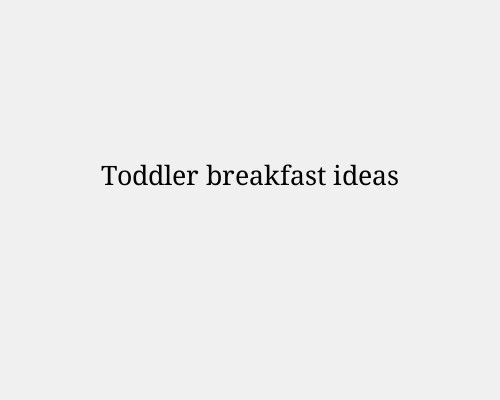
Here are some healthy, toddler-friendly breakfast ideas that balance protein, fibre, and healthy fats while keeping flavours fun:
Eggs whisked with spinach, grated carrot, and cheese
Baked in a muffin tin for easy finger food
Mashed banana, oats, egg, and a dash of cinnamon
Cooked in small, toddler-sized portions
Serve with plain yogurt for dipping
Full-fat plain yogurt
Soft fruit (berries, mango, or peach)
Sprinkle of crushed whole-grain cereal or oats
Whole-grain toast with mashed avocado or hummus
Topped with grated cheese, cut into strips
Rolled oats soaked in milk or yogurt overnight
Add mashed banana or grated apple for sweetness
Blend banana, spinach, and milk/yogurt
Top with soft fruit and a sprinkle of chia seeds (optional)
Soft scrambled eggs
Served with steamed sweet potato cubes on the side
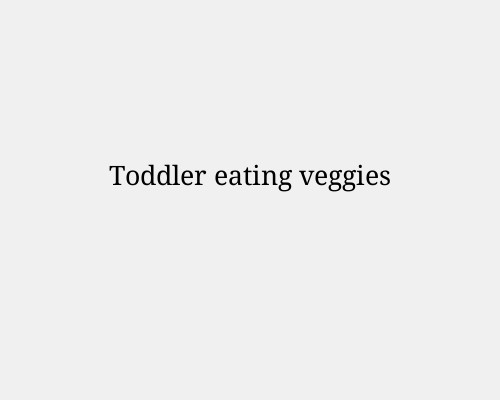
Getting kids to eat vegetables is a bit like trying to get a cat to enjoy a bath — possible, but it takes strategy, patience, and maybe a touch of trickery.
Here’s a practical mix of tips that usually works:
Kids are more likely to eat veggies if they see you enjoying them. If you act like broccoli is a treat, they might start believing it.
Offer tiny portions — even just one pea or carrot slice. Small steps feel less intimidating.
Let kids pick vegetables at the store or help wash, chop (with kid-safe tools), and stir them. Ownership boosts willingness to try.
Make smiley faces or rainbow plates.
Serve with fun dips like hummus, tzatziki, or yogurt-based dressings.
Cut into fun shapes with cookie cutters.
Add finely chopped carrots, spinach, or zucchini into pasta sauce.
Blend butternut squash or cauliflower into mac & cheese sauce.
Use grated veggies in muffins or pancakes.
Mix veggies into foods they already like (cheese toasties with tomato, tacos with hidden peppers, stir-fry with sweet teriyaki sauce).
Research shows repeated exposure without forcing works best — it can take 10–15 tries before a child accepts a new veggie.
“Eat the rainbow” challenge — try a veggie of every colour in a week.
Give silly names (“superpower carrots,” “dinosaur trees” for broccoli).
Put veggies out as a starter or snack before the main meal when hunger levels are high.
Avoid battles at the table — pressure and bribery can backfire. Just keep offering them regularly.